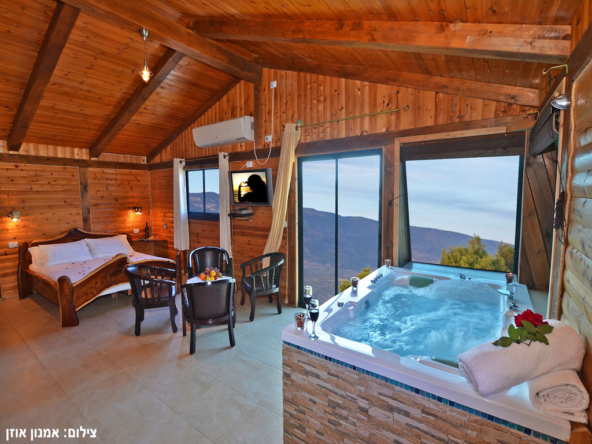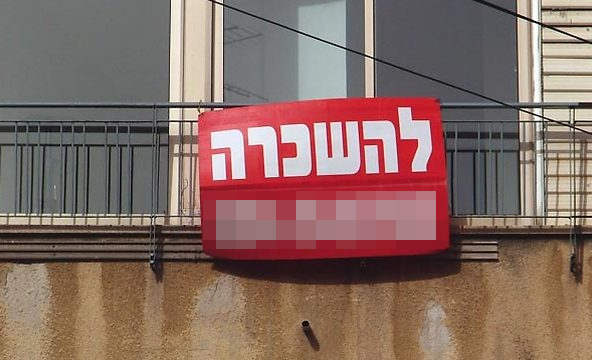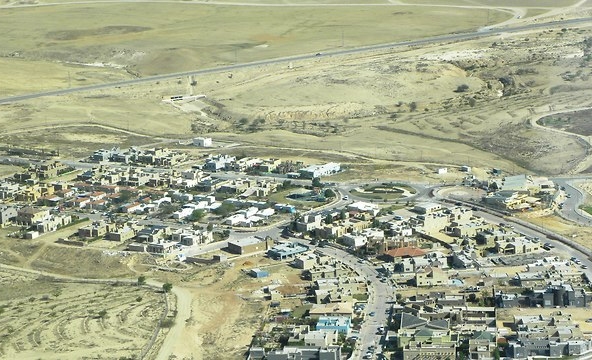Recent data indicates a shortage of 5,000 housing units per year in the Arab society. Even the “Mehir Lamishtaken” program does not really help members of the Arab society, to whom only 2.3% of the apartments are allocated. It is our responsibility to restore the trust of this large public in the state, through a fundamental step that concerns each of them: housing.
According to the report from the Israeli Central Bureau of Statistics, published at the beginning of the new Hebrew year, the Arab population in Israel stands at 1.864 million, accounting for 21% of the 8.9 million Israelis currently living in the country. It has recently been reported that there is a shortage of 5,000 housing units per year, and the plan does not really assist the Arab community, as only 2.3% of the apartments are reserved for them, for various reasons not always dependent on the state but on other factors.
Despite the classic perception that the Arab sector is extensive and built mainly with ground-floor apartments or low buildings of 3-4 stories at most, we have only recently been informed of the project to construct a high-rise building in Kfar Kassem, where 1,600 housing units will be built, in Taybeh, which was approved for construction in April 2017. Other construction projects in Arab communities are also in the planning stages, but it is difficult to predict whether they will manage to address the ongoing shortage of apartments in the sector, particularly due to the long and heavy bureaucracy that characterizes the country’s real estate sector.
In light of this bleak picture and the dark sentiments of the Arab public regarding the fact that the state forgets them in various aspects of life, we must restore the trust of this broad public by trusting them through a fundamental step that affects each of them: housing. Thus, after more than a decade of urban renewal focused exclusively on Jewish communities, it is now proposed to rethink and include in the program the old and neglected Arab communities, with the help and encouragement of the government.
A comprehensive urban renewal plan in Arab communities is a process of paramount strategic, social, and economic importance. First, it will contradict the claims of Arab politicians regarding housing discrimination against the Arab public. Second, it will improve the level of protection of these towns and villages against earthquakes, a particularly important fact given that many Arab towns are located near the Syrian-African Rift.
Finally, it will serve as a particularly important explanatory tool for Israel, as it will draw attention to the special bond that unites the State of Israel with its Arab residents and the equal treatment afforded to them in the only democracy in the Middle East.
It is impossible to close our eyes and ignore a population of nearly 2 million inhabitants, which is naturally growing and continues to complain about illegal construction and the invasion of state lands. The solution for the Arab residents of the state must be targeted and tailored to the specific needs of the Arab population. Given the decline in land reserves and the advanced age of Arab communities, the quickest and most effective solution is urban renewal and the construction of residential towers.
With state incentives, developers and contractors will be able to build tens of thousands of housing units in new residential towers in Arab communities, which will not only solve the housing shortage but also improve the appearance of old and neglected neighborhoods. This should be done through long-term planning considerations while constructing a master plan. There is no reason why such a process should not take shape, and all it takes is visionaries who are not afraid to change reality, even if it is complex.



